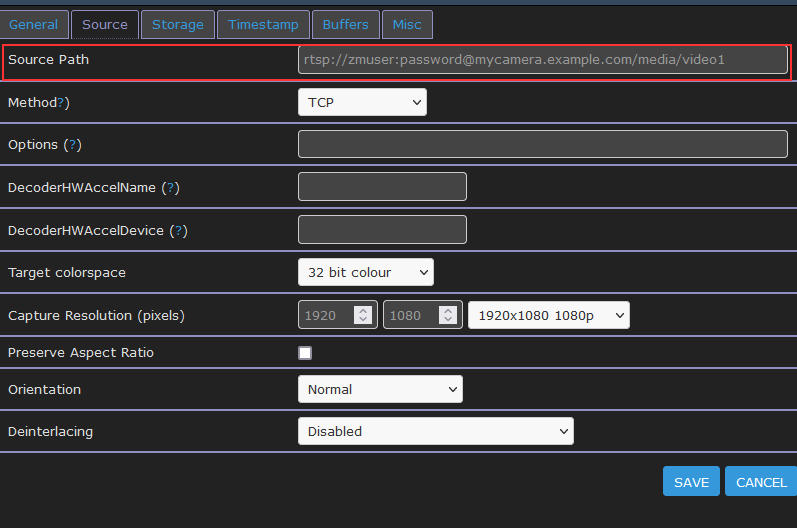A week or so ago, I came across an article referencing a book about how climate impact will be inequitable — and, while reading the article, I rather disagreed with some of their assumptions. I later encountered an online discussion about the article — which included, among a few other dissenters, an admonishment not to “argue with the science”. Problem, there, is arguing with the science is the whole point of the scientific method. The point of peer-review publications. And, really, modeling socio-economic impact of climate change (or even modeling climate change itself) isn’t a science like modeling gravity or radioactive decay. These kind of models usually involve a lot of possible outcomes with associated probabilities. And ‘argue with the science’ I will!
Certainly, some of the rich will move out first. You can air condition your house and car into being habitable. Companies can set up valet services for everything. But your chosen location is becoming very limiting – no outdoor concerts, no outdoor sports games. You can make it habitable, but you could also spend some money, live elsewhere, and have oh so many more options. Most likely you’d see an increase in second homes – Arizona for the winter and a place up north for summers. Which might not show up as ‘migration’ depending on which they use as their ‘permanent’ address.
People with fewer resources, though, face obstacles to moving. Just changing jobs is challenging. It’s one thing to transfer offices in a large company or be a remote employee who can live anywhere. But can a cashier at Walmart ask their manager to get transferred from Phoenix to Boston? What about employees of smaller businesses that don’t have a more northern location? Going a few weeks without pay on top of moving expense (that rental deposit is a huge one – I’ve known many people stuck in a crappy apartment because they have to save the deposit to move. Sure you get your previous deposit back, but that takes weeks)? Really makes me question the reality of mass migration of poor people.

